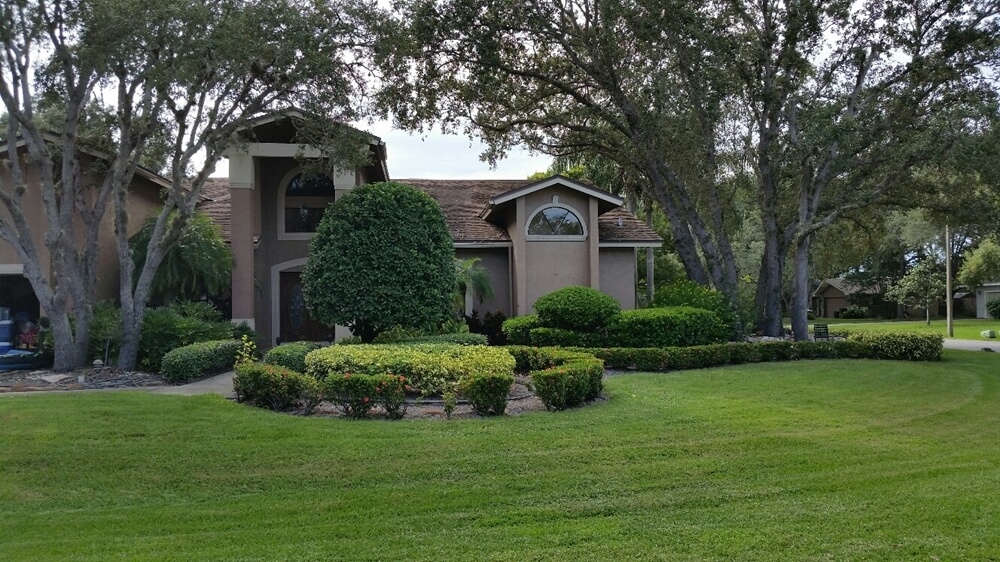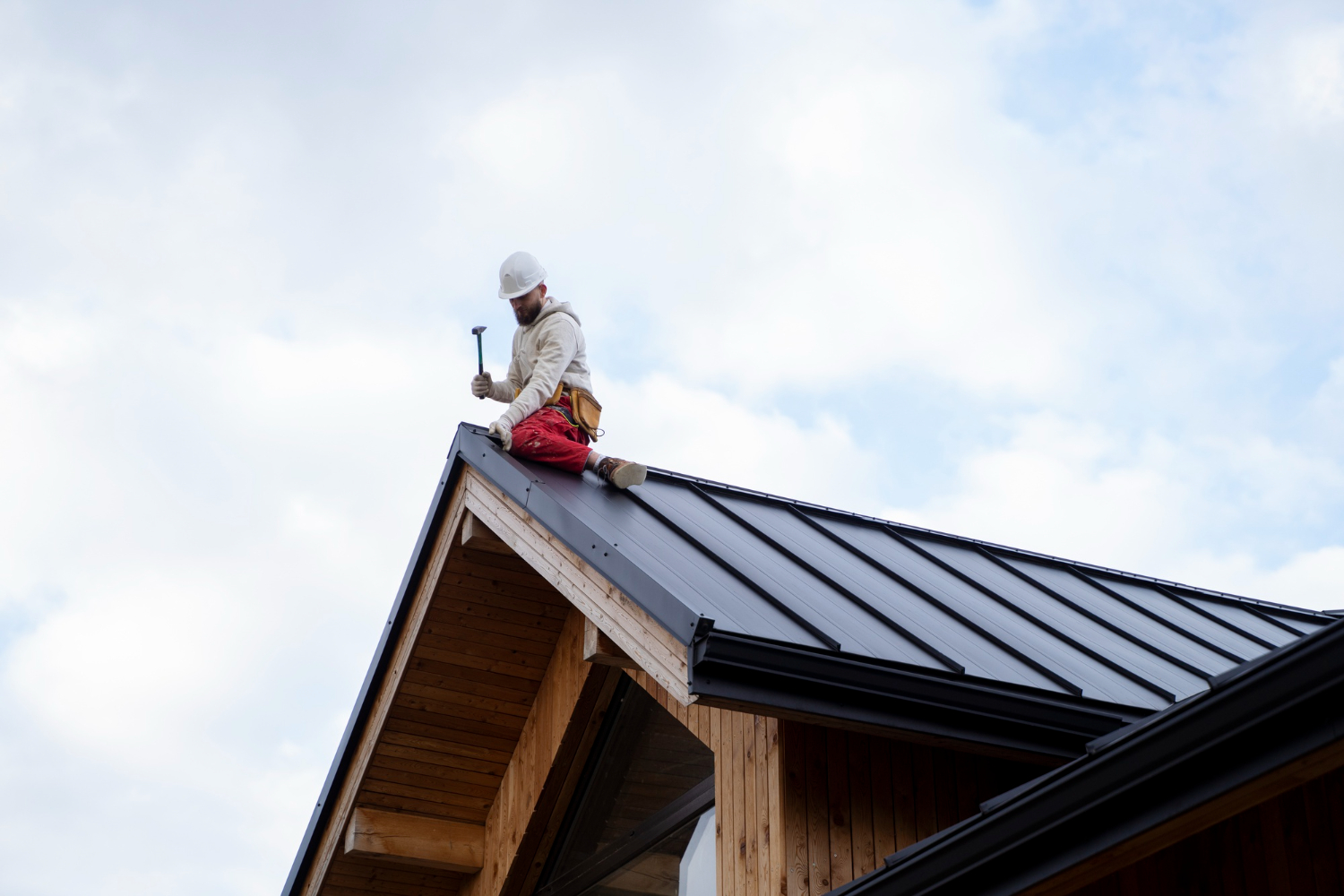By using our website, you agree to the use of cookies as described in our Cookie Policy
a
Rss Feed
Strategies for Building Homes That Withstand Natural Disasters
 Amidst the escalating climate changes and natural calamities, the quest to build homes that withstand natural disasters has become a pressing concern for homeowners and builders alike. This blog post explores the process of constructing sturdy, durable homes prepared to face the unpredictable outbursts of nature. Researching the nuances of material selection, structural design, and innovative technology, we present a comprehensive guide to crafting a sanctuary that not only stands but endures.
Amidst the escalating climate changes and natural calamities, the quest to build homes that withstand natural disasters has become a pressing concern for homeowners and builders alike. This blog post explores the process of constructing sturdy, durable homes prepared to face the unpredictable outbursts of nature. Researching the nuances of material selection, structural design, and innovative technology, we present a comprehensive guide to crafting a sanctuary that not only stands but endures.
Understanding Natural Disaster Risks
One must first understand the potential threats to lay the groundwork for a secure home. Whether it’s the high winds of tornadoes, the extensive spread of wildfires, or the devastating waters of floods, each disaster demands a unique defensive strategy. Recognizing regional vulnerabilities is very important in planning and setting the stage for homes that endure natural disasters. Abiding by the latest building codes isn't just about compliance—it’s about ensuring your home’s resilience in the face of these diverse dangers.
Site Selection and Preparation
The adage 'location, location, location' holds profound significance in building homes that withstand natural disasters. Opt for elevated land, steer clear of flood-prone zones, and ensure the ground beneath is as unbending as your determination. In your landscaping choices, consider the aesthetic and their potential to serve as natural barriers. Plants and trees can be more than just decor; they can be your first line of defense, buffering against the elements and protecting your home.
Renovations Can Improve Home Safety
Renovations are not done only for aesthetic reasons; renovations can improve home safety in a significant way. When walls are torn down and beams are exposed during renovations, it presents an opportune moment to enhance structural integrity and incorporate disaster-resilient features. This goes beyond aesthetics and significantly elevates the capacity of your home to protect its occupants from natural disasters.
Assessing Renovation Costs
You should know that assessing renovation costs is crucial in fortifying your home against natural disasters. It involves evaluating the expenses associated with enhancing your home's safety and resilience. Renovations can vary widely in costs, depending on the scope and specific enhancements needed. Careful budgeting and obtaining quotes from contractors can provide you with a clear understanding of the financial aspects of the project. This investment ensures the safety of your home and the peace of mind that it can withstand the unpredictable forces of nature.
Innovative Building Materials
Today's building materials have the capacity to endure the power of nature's force and protect those within. From high-impact resistant glass to flexing building composites that sway with seismic activity, these materials are at the forefront of creating homes that withstand natural disasters. It’s not merely a choice but a strategic decision, blending the trusted strength of traditional materials with the dynamic resilience of modern innovations. Each selection plays a pivotal role in the narrative of a home's survival against nature's onslaught.
Architectural Design Considerations
The silhouette of a home should do more than capture the eye—it should deflect danger. Rounded contours can soften the blow of fierce winds, while pitched roofs can disperse the weight of heavy rain or snow. In areas prone to high winds, homes require a robust framework to counter the assault of hurricanes. Similarly, in fire-threatened locations, incorporating non-combustible materials is essential. The design of homes made to endure natural disasters is a deliberate art, one that blends the elegance of architecture with the fortitude of fortress-like resilience.
Transitioning to Your Resilient Home
Moving into a newly built, disaster-resilient home is a significant move, one that signifies a fresh start in a secure and thoughtfully designed environment. When arranging the shift, the logistics of moving are as crucial as the integrity of the construction itself. For instance, a reliable moving company like mod-movers.com can provide valuable suggestions and assistance in ensuring a smooth transition. They understand that just as a resilient home provides a safeguard for your belongings, a meticulous moving process ensures they arrive safely, ready to inhabit the new sanctuary you've crafted.
Inspecting Structural Integrity
Know that inspecting structural integrity is a vital aspect of ensuring your home can withstand natural disasters. During renovations, it's essential to conduct thorough inspections to assess the structural components of your home. This includes examining the foundation, load-bearing walls, and roofing. Identifying and addressing any weaknesses in the structure can be the key to fortifying your home's resilience.
Smart Technology for Disaster Prevention and Management
We now live in an era where homes are not just shelters but intelligent defenders against natural disasters. Technology that can predict future threats and react accordingly is no longer the stuff of science fiction. Homes that withstand natural disasters now feature automated systems that can preventively shut down utilities to prevent fire, flood sensors that trigger alarms, and backup generators that ensure light when the power is out.
Landscaping for Resilience
While we have talked about the most important aspects of material choices and structural design, there's another facet of creating sturdy homes ready for natural disasters that often go overlooked: landscaping. Your choice of plants, trees, and even the layout of your outdoor spaces can play a pivotal role in enhancing your home's resilience. Beyond aesthetics, consider selecting drought-resistant flora and creating defensible spaces that help mitigate fire risk. Properly placed shrubs and trees can act as windbreaks, reducing the impact of strong gusts during storms. Landscaping isn't just about curb appeal; it's an integral part of fortifying your home against the unpredictable forces of nature.
Conclusion
Going into constructing homes that withstand natural disasters is a road of practicality, precaution, and resourcefulness. It is not just a regular act of building; it turns into a mission to craft a home that not only provides comfort but also provides peace of mind. As we adopt these multi-layered strategies, we pave the way for houses that do more than stand—they endure, protect, and inspire.
Photo Used
‹ Back





.png)
